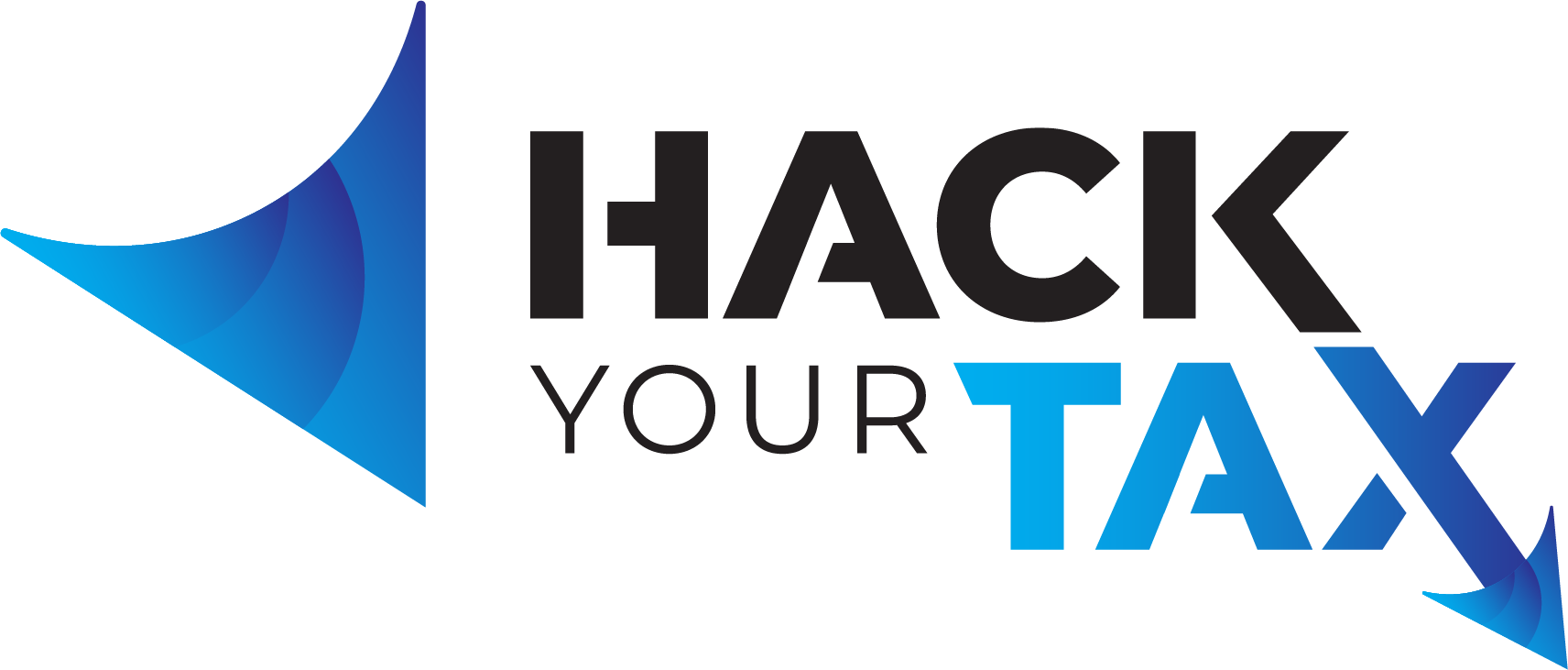ABLE Savings Accounts and the Tax Cuts and Jobs Act of 2017
ABLE savings accounts. What are they, in a nutshell? The Stephen Beck Jr., Achieving a Better Life Experience Act of 2014 provided for the creation of tax-advantaged savings accounts for individuals with disabilities and their families. This law, signed on December 19, 2014, amends Section 529 of the IRS Code of 1986.
Contributions to ABLE savings accounts, which could be made by any person (beneficiary, family, friends) must be made from post-taxed dollars and will not be tax deductible for purposes of federal taxes, however, some states may allow for state income tax deductions for contributions made to ABLE savings accounts.
ABLE savings accounts, with private savings, are intended for individuals with an age of onset of disability before turning 26 years of age to “secure funding for disability-related expenses on behalf of designated beneficiaries with disabilities that will supplement, but not supplant, benefits provided through private insurance, Medicaid, SSI, the beneficiary’s employment and other sources.”
ABLE savings accounts benefit from big changes in 2018
On January 11, 2018, the National Resource Center for ABLE provided information relative to currently-implemented and coming changes during 2018. Here is their brief summary of some of the more significant changes expected in 2018:
Annual Contribution Limit: The annual contribution limit is periodically adjusted for inflation. As a result, for the 2018 tax year, the annual contribution is set at $15,000 (previously $14,000).
Saver’s Tax Credit: ABLE account owners who choose to contribute into their own ABLE account, as opposed to just contributions made by outside contributors, such as friends and family, may now be eligible to take advantage of the Retirement Savings Contributions Tax Credit (otherwise known as the Saver’s Credit).
- There are additional requirements that must be met in order to qualify for the Saver’s Credit.
- This is a non-refundable credit.
ABLE Financial Planning Act: Provided that the beneficiary is the same individual on both accounts (or a family member of the 529 College Savings account beneficiary as defined in the law), it is now allowable to transfer funds in a 529 college savings account to an ABLE account without incurring any tax or penalty.
- The funds rolled over from the 529 college savings account to an ABLE account are subject to the annual contribution limit and thus capped at $15,000 for any given tax year (provided that no other contributions into the account have been made during that tax year).
ABLE to Work Act: ABLE account owners who have employment may be eligible to contribute above the $15,000 annual contribution limit (possibly up to an additional $12,060 depending on the gross income of the account owner). The contributions above the $15,000 annual contribution limit would be limited to contributions made specifically by the account owner into their ABLE account.
- Questions remain about aspects of the provision relating to these increased contributions and may require guidance from the U.S. Department of the Treasury.
ABLE savings accounts are managed by states
Arkansas’ ABLE program has been signed into law but is still in development. Oklahoma signed its ABLE bill in 2016, but the program is still in development. Missouri’s ABLE savings accounts offer ABLE accounts to Missourians with disabilities. Missouri was the 20th state to launch an ABLE program. If you’re an Arkansas or Oklahoma resident interested in opening an ABLE savings account, you can set up an account in another state that opens its ABLE accounts to non-residents.
Anything else?
As always. Whether or not an ABLE account is available to you in your state or through another state, this option may not be right for you or a disabled family member or friend. Keep in mind, also, that any tax-adjustment program, whether you are giving or are the beneficiary or account holder, should be looked at as a piece of your overall tax and financial management strategies. A special needs individual may already be or could be better served by a trust or other management plan. Understanding the laws regarding management of an ABLE account versus a trust or other management plan is critical, especially if there are funds in the account upon the death of the account owner or beneficiary.
The bottom line
We establish and maintain a personal and business relationship with our clients. Your LIFE is your business and your BUSINESS is your life, and we’re here for YOU.
Call us at 479-668-0082. Use my Calendy Page (it’s easy) to set an appointment, or click here to contact us!
You may also be interested in learning more about what to do if:
How is ABLE tied in with 529 investments?
You’ve been appointed the executor of the estate
You and your siblings don’t know who Dad has chosen as executor of his will. Why it matters.


